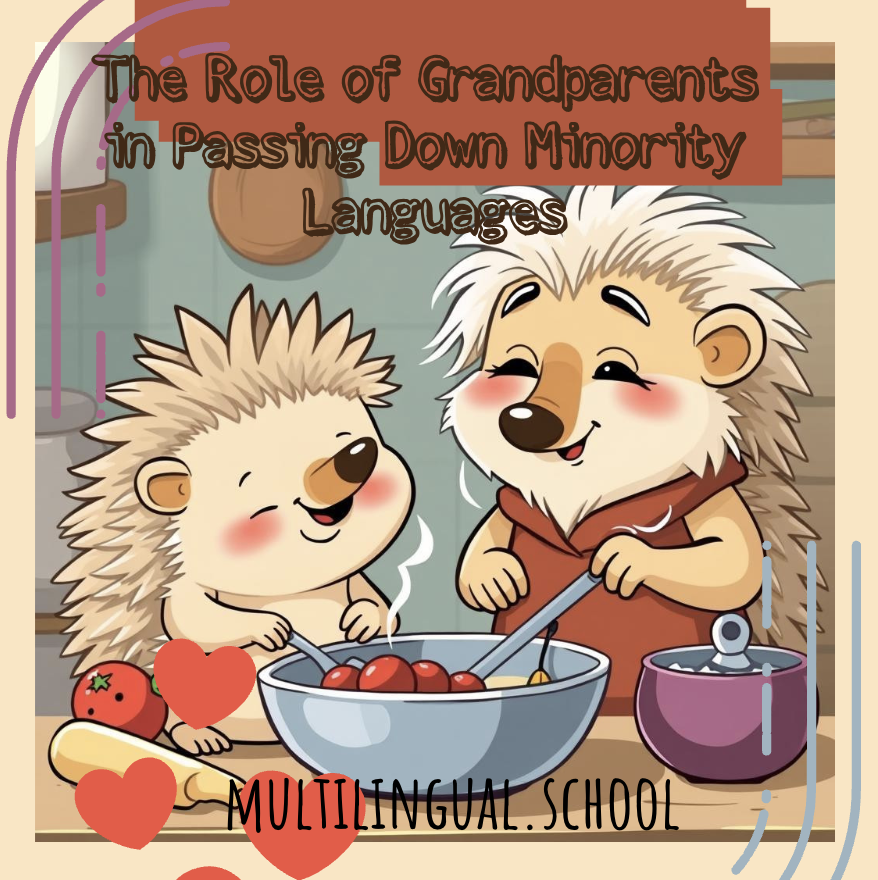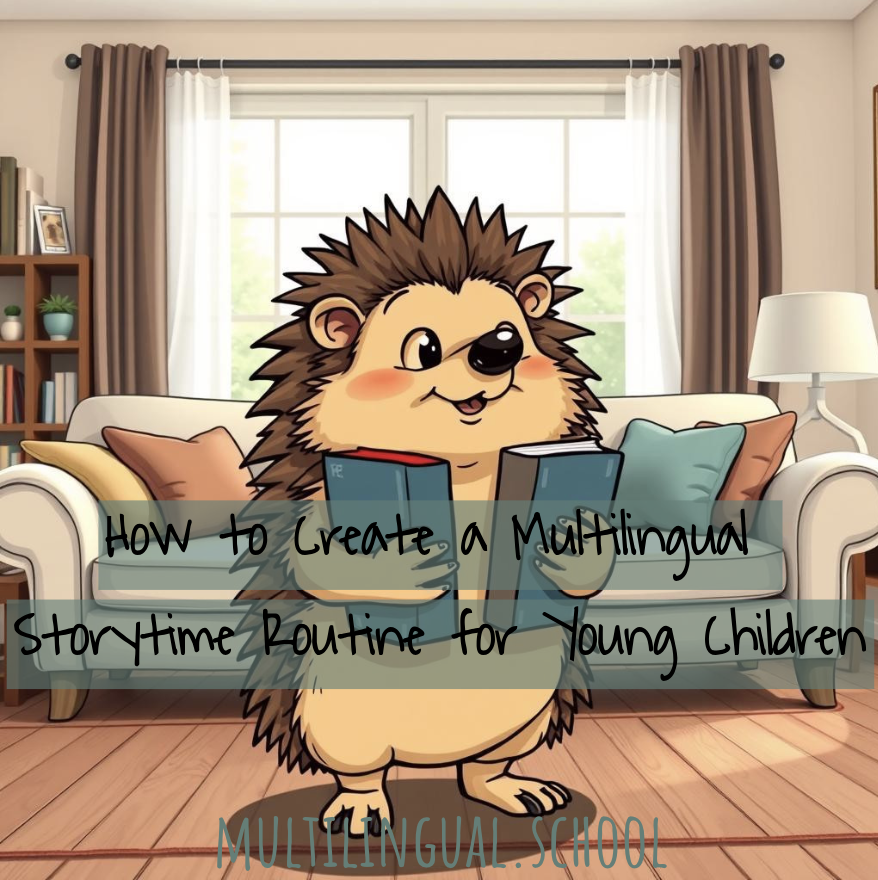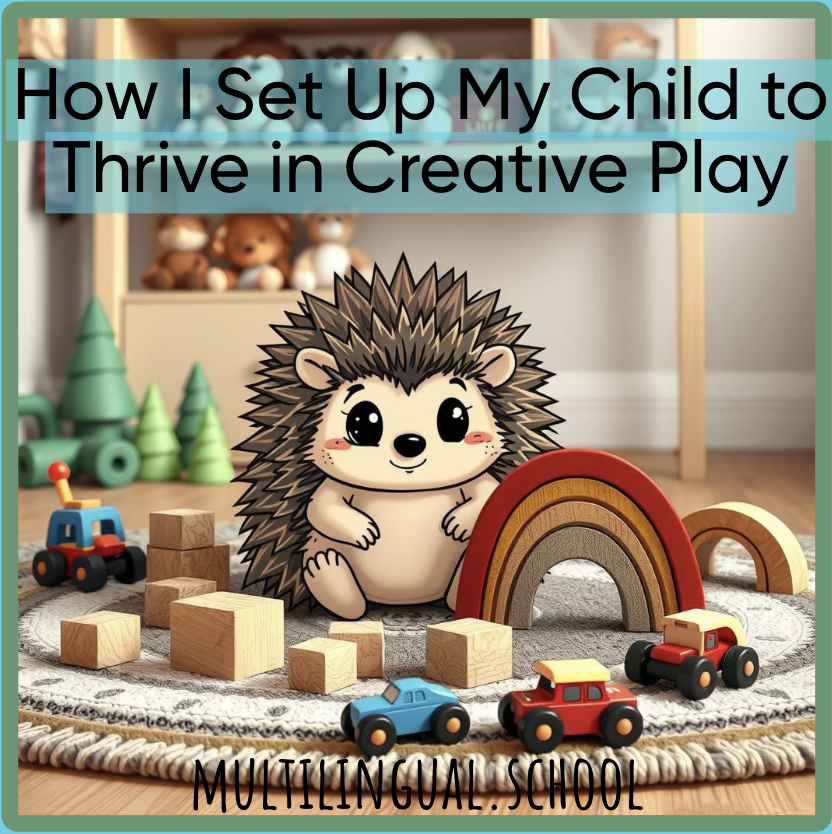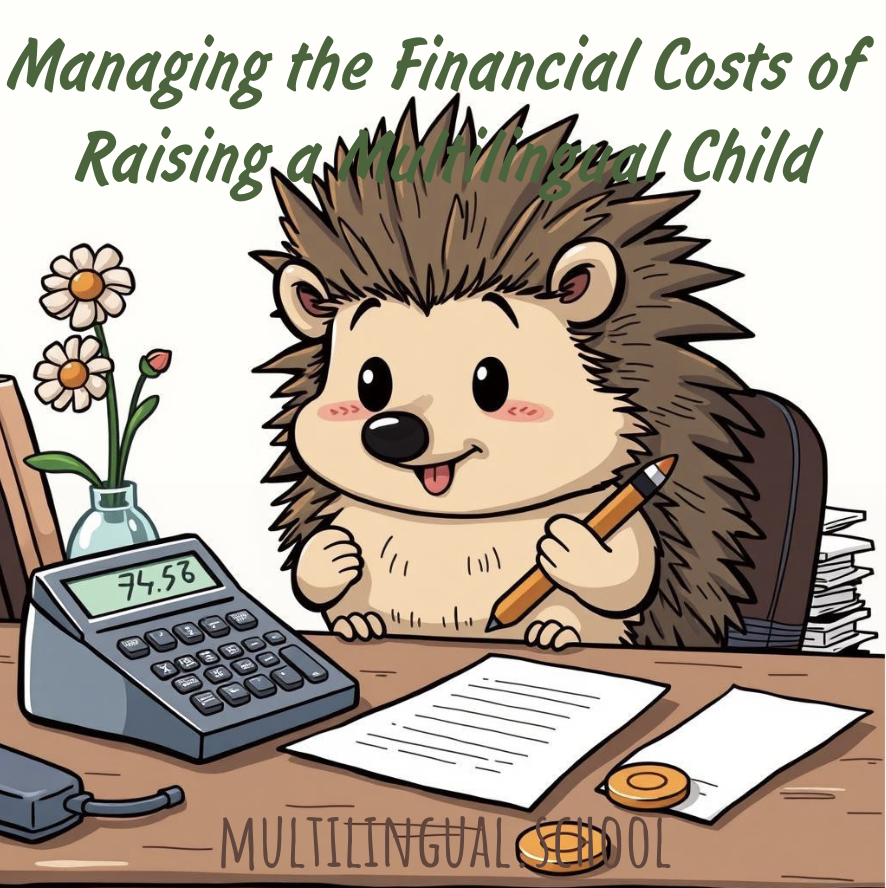How much target language exposure: How babies and toddlers reach fluency
This post may contain affiliate links, which means that I may receive a commission if you make a purchase using these links. You do not pay a higher price.
How much language exposure does a baby or toddler need to reach fluency in a multilingual context?
When discussing bilingual or trilingual parenting, the question comes up almost instantaneously: How much exposure to a target language does a baby or toddler really need? So, let’s dig deeper into language exposure from infancy, and how much exposure a baby and toddler might need to reach fluency of a target language in a multilingual exposure context.
Babies and toddlers are fascinating little language sponges, and the research here gets really interesting!
Language Acquisition in Infancy and Toddlerhood
From birth to around age 3, children are in a prime window for language acquisition due to the critical period of brain plasticity. During this phase, their brains are wired to detect and internalize linguistic patterns with remarkable efficiency. In a multilingual environment—where a child is exposed to two or more languages simultaneously—the amount of exposure needed for fluency in a target language depends heavily on how the input is distributed, its consistency, and the interactional quality.
Key Factors in Multilingual Exposure
Percentage of Input: Studies show that the proportion of time spent in each language is a major predictor of fluency. Research by De Houwer (2007) and others suggests that for a child to become fluent in a language, they need at least 20–25% of their waking hours in that language consistently from infancy. Below this threshold, proficiency drops off sharply—think basic comprehension rather than fluency.
Waking hours for a baby/toddler (12–14 hours/day) mean 20–25% equates to 2.5–3.5 hours daily per language. In a bilingual setup, a 50/50 split (6–7 hours each) is ideal but rare; a 70/30 split (9 hours vs. 4 hours) is more common and still effective for fluency in both.
Cumulative Hours: By age 3, a child has been awake for roughly 15,000–20,000 hours total. To reach native-like fluency in a target language by toddlerhood’s end, they might need 4,000–6,000 hours of exposure to that language (based on bilingual acquisition studies like those from Pearson et al., 1997). In a multilingual context, this means balancing the hours across languages without diluting any one too much.
Quality Over Quantity: Babies and toddlers learn best from live, interactive input—caregivers talking, singing, or playing with them—rather than passive exposure like TV or background chatter. A landmark study by Kuhl et al. (2003) showed that 12 hours of face-to-face interaction with native speakers over a month (about 20 minutes/day) helped 9-month-olds retain phonetic discrimination in a second language, while passive audio didn’t. For fluency, this interaction needs to scale up significantly over years.
Multilingual Contexts: How Much Exposure?
In a multilingual setting (e.g., trilingual household or bilingual parents with a community language), the target language’s share of exposure often competes with others. Here’s what research suggests:
Bilingual Benchmark: In dual-language homes, children exposed to a "minority" language (e.g., spoken by one parent) for 30–40% of the time (4–6 hours/day) from birth can achieve fluency by age 4–5, matching the majority language if it’s reinforced socially (e.g., Hoff et al., 2012). This translates to 1,500–2,000 hours per year, or 6,000–8,000 hours by age 4.
Trilingual Challenge: For three languages, the split gets trickier. If exposure is evenly divided (33% each, or ~4 hours/day/language), fluency is still possible by age 5–6, but only with consistent, distinct contexts (e.g., one language per parent, one at daycare). Studies like those by Quay (2011) on trilingual infants show that dropping below 20% exposure per language (e.g., 2–3 hours/day) often results in receptive skills (understanding) but not productive fluency (speaking) unless boosted later.
Real-World Example: A child with a Spanish-speaking mom, English-speaking dad, and French daycare might get 4 hours Spanish (30%), 4 hours English (30%), and 5 hours French (40%) daily. By age 3, that’s ~4,000 hours per language—enough for functional fluency in all three, though one might lag slightly without equal output opportunities.
Milestones and Fluency
I wrote about it in more depths here.
6–12 Months: Babies start distinguishing phonemes of their languages. With 2–3 hours/day of a target language, they’ll babble in its patterns.
1–2 Years: Vocabulary explodes (50–200 words per language) if exposure is interactive. At 3–4 hours/day, they’ll form simple sentences in the target language by age 2.
2–3 Years: Grammar emerges. With 4–6 hours/day, they’ll hit toddler fluency—short, clear sentences and good comprehension—matching monolingual peers in that language.
Limits and Variability
Minimum Threshold: Below 20% exposure (~2 hours/day), fluency by age 3–5 becomes unlikely without later intervention. The child might understand but not speak fluidly.
Individual Differences: Some kids need less time due to high linguistic sensitivity; others need more if distracted by multiple languages or inconsistent input.
Code-Switching: In multilingual settings, toddlers often mix languages early on, but this resolves with enough exposure (e.g., 30%+) to each by age 4–5.
Practical Takeaway
For a baby or toddler in a multilingual context to reach fluency in a target language by age 3–5:
Aim for 3–5 hours/day of interactive exposure (e.g., talking, reading, play) from birth, totaling 4,000–6,000 hours.
Keep it consistent—random bursts won’t cut it.
Separate languages by person or context (e.g., “one parent, one language”) to avoid confusion and ensure enough hours per language.
This sets them up for native-like fluency, though in a trilingual setup, one language might stay slightly weaker unless reinforced later.
You see, raising a child with more than one language is not a sprint - it requires years of dedication and consistent exposure. It’s surely doable, but as you can see from the numbers, take a long breath and plan for a long steady hike!













